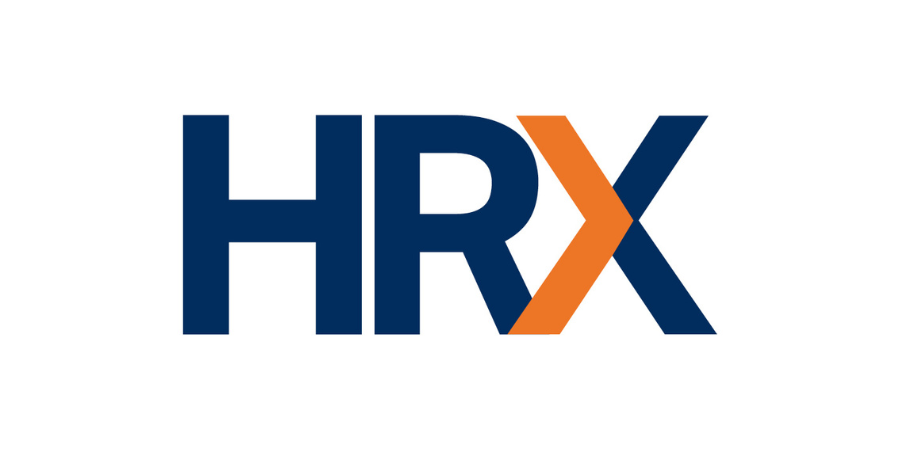EAPs Could Reduce Employee Burnout
Providing an Employee Assistance Program (EAP) can be an effective way to help employees manage the emotional stresses they are dealing with this school year.
Districts are reporting a record number of employees, particularly teachers, leaving mid-year because of high levels of emotional and mental stress and burnout due to the on-going pandemic. Providing supports may help employees deal with challenges and reduce resignations.
What Is an EAP?
An EAP offers a variety of services to employees and their immediate family members, including counseling, wellness advice, and financial and legal consultations. These services are provided by third-party professionals and are available at no cost to the employee.
Most EAPs offer help with issues such as:
- Stress, grief, depression, or other family problems
- Caring for children or aging parents
- Alcohol or substance abuse
- Violence, emotional or physical trauma, or other emergency situations
- Financial and legal concerns
- Work conflicts
What Is the Cost?
Providing an EAP is a cost-effective way to ensure personal and professional issues don’t affect employee performance.
Employers cover the cost of an EAP, which is typically based on the size of the workforce (e.g., per-employee fee). Costs generally range anywhere from $1.50 to $2.00 per employee per month. The out-of-pocket expense for a district can be well worth it for the vast services offered to employees.
“A district could consider adding an EAP midyear through their education service center (ESC), third party administrator (TPA), own request for proposal (RFP), or through an interlocal agreement with a neighboring district,” according to Cole Hentschel with the TASB Benefits Cooperative.
The contracting entity might offer an EAP to a district free of charge or at a discounted rate the first year to encourage long-term participation in the program. ESSER funds are a possible funding source through 2024 but consult with your local counsel for approval.
Addressing Employee Concerns
Even if your district subscribes to an EAP, it may be a challenge to get employees to use it. The utilization rate for districts offering EAPs hovers around 19 percent. One of the biggest concerns employees have about using an EAP is confidentiality.
The programs are confidential, and the employer is not notified when an employee accesses their benefits. Regardless, some employees still fear that their employer will find out something the employee doesn’t want them to know. Reiterating the confidential nature of EAPs and the option for telephone and virtual consulting/counseling may help to alleviate some fear.
There is also a stigma surrounding mental health and asking for help. Reiterating how common mental health issues are may aid in alleviating some of that stigma.
Using EAP Services
Human resources leaders can train supervisors to refer an employee to the EAP when they see the individual is stressed or is not performing satisfactorily due to emotional issues. The employee may not know how to initially navigate EAP services and could give up quickly if they do not have guidance.
Also, supervisors could require or strongly encourage an employee to access EAP services if the individual is not functioning at the expected level of performance due to social and emotional issues. Districts will want to develop a plan if they choose to use the EAP as a requirement.
Resources
Now might be the right time for districts to consider providing an EAP for employees to mitigate some of the emotional, social, and emotional stresses leading to resignations. For more information on EAPs, see the following resources:

Cheryl Hoover
Cheryl Hoover joined HR Services in 2018. She assists with staffing and HR reviews, training, and other HR projects. During Hoover’s public school career, she served as an executive director of curriculum and principal leadership, executive director of human resources, principal, assistant principal, teacher, and coach.
Hoover earned her bachelor’s degree from The University of Texas at Austin and obtained her master’s degree from Texas State University. She is a certified PHR.

Sarah James
Sarah James joined HR Services in 2019. Prior to that, she worked at a Central Texas school district for 11 years. She is responsible for managing web content, HR Services articles, HRX newsletter, social media accounts, and marketing efforts.
James has a bachelor’s degree in communications from Concordia University Texas in Austin.
Email Sarah if you have a story idea for the HRX.
HR Services

Subscribe to HRX
Stay up to date with all the latest HR news and trends by joining the HRX mailing list!





